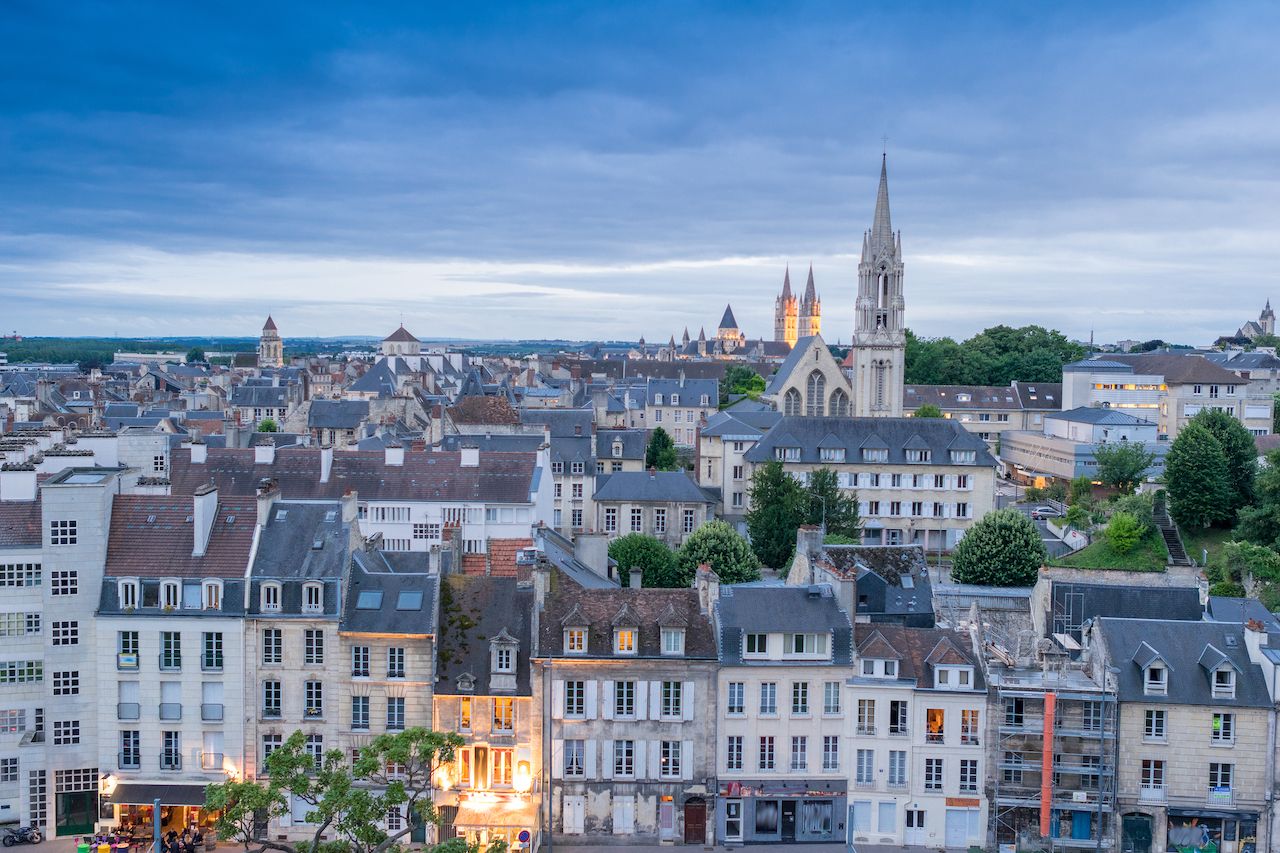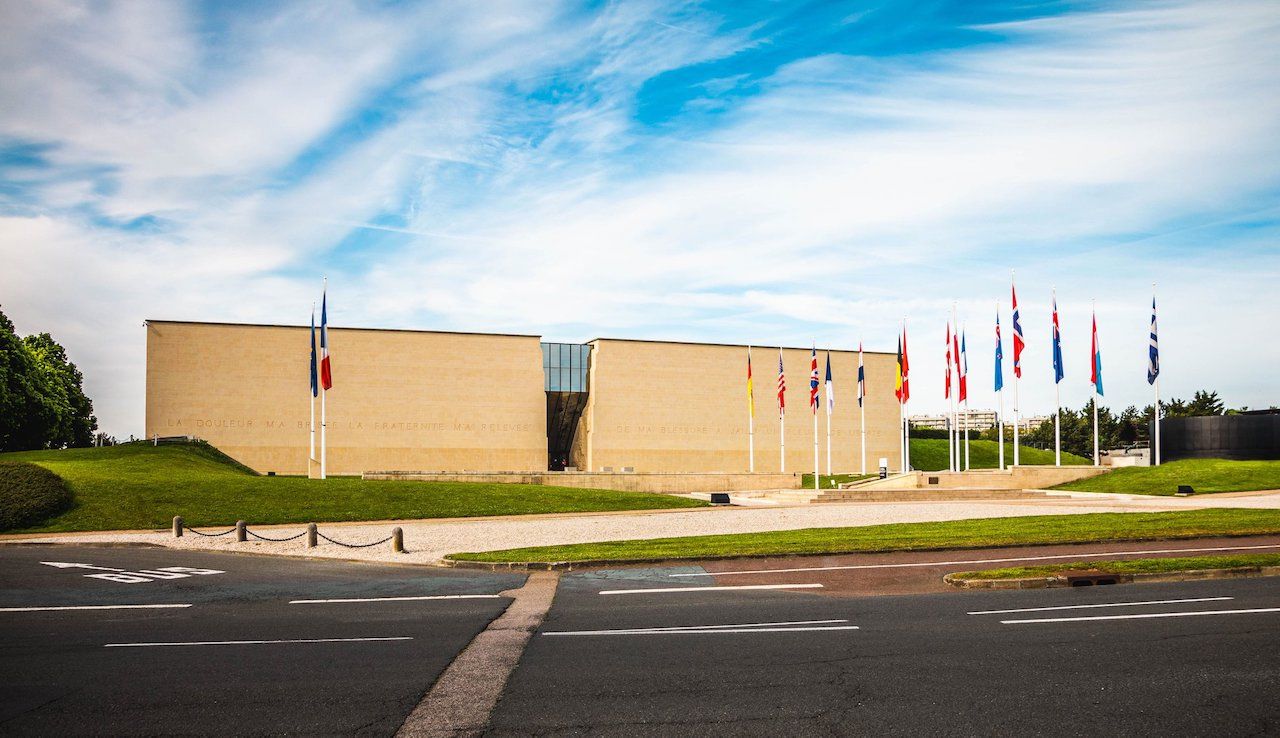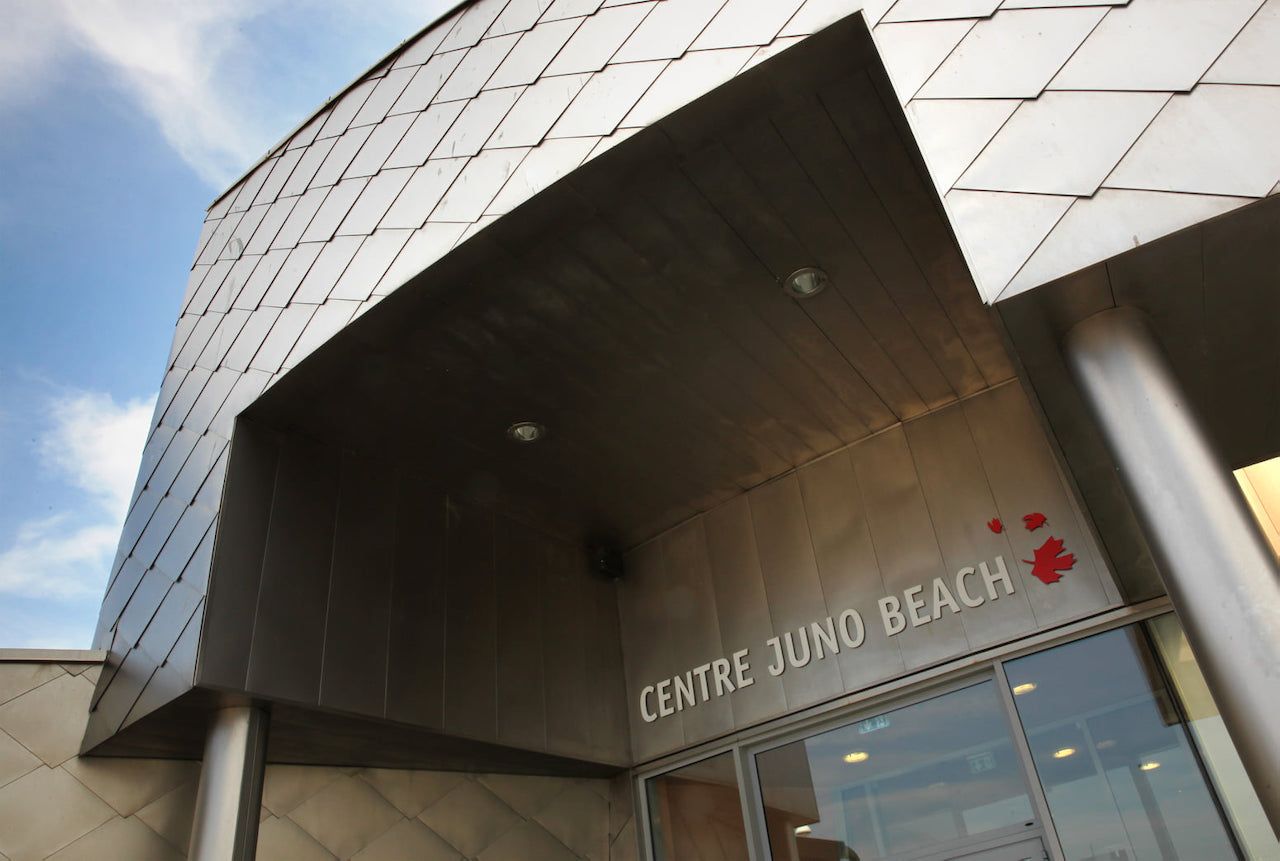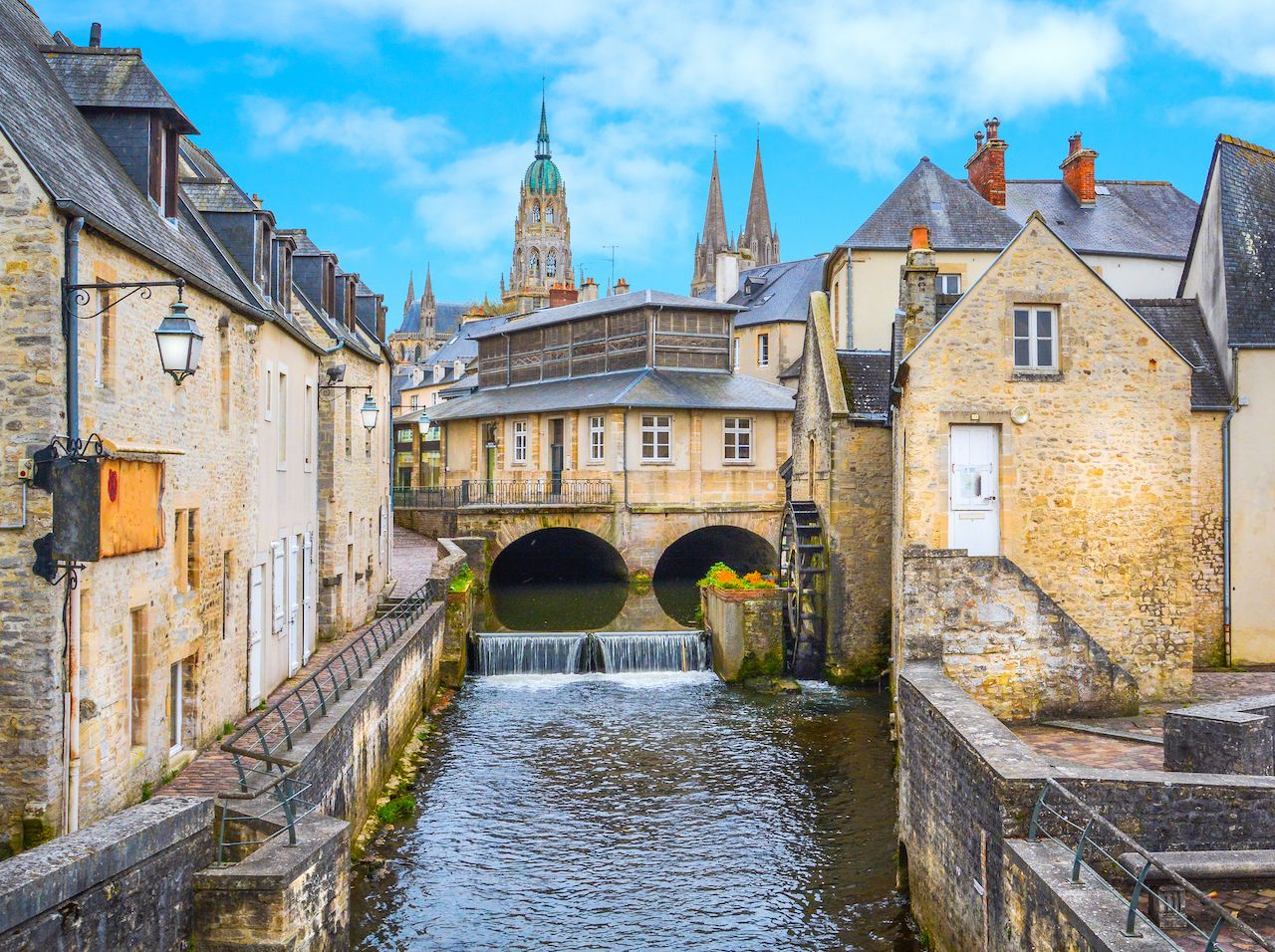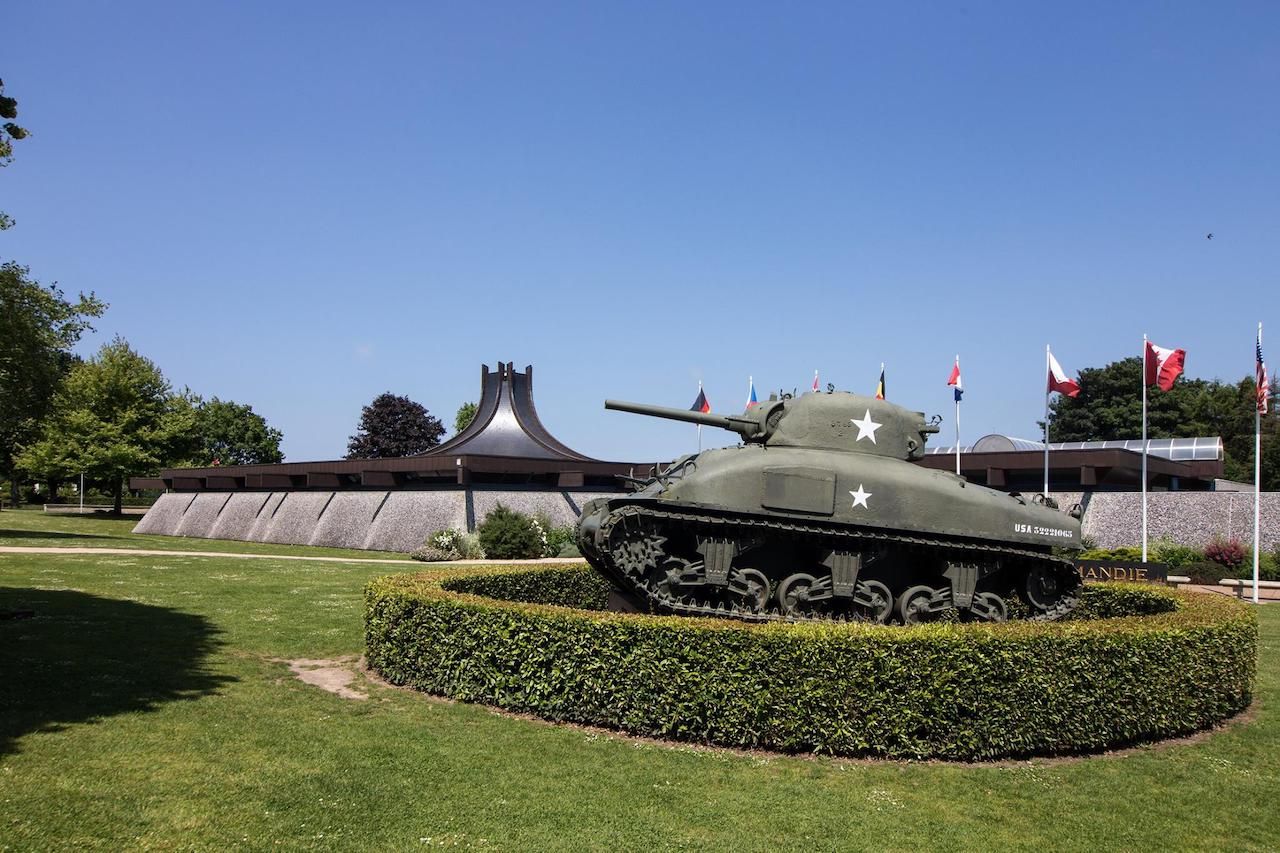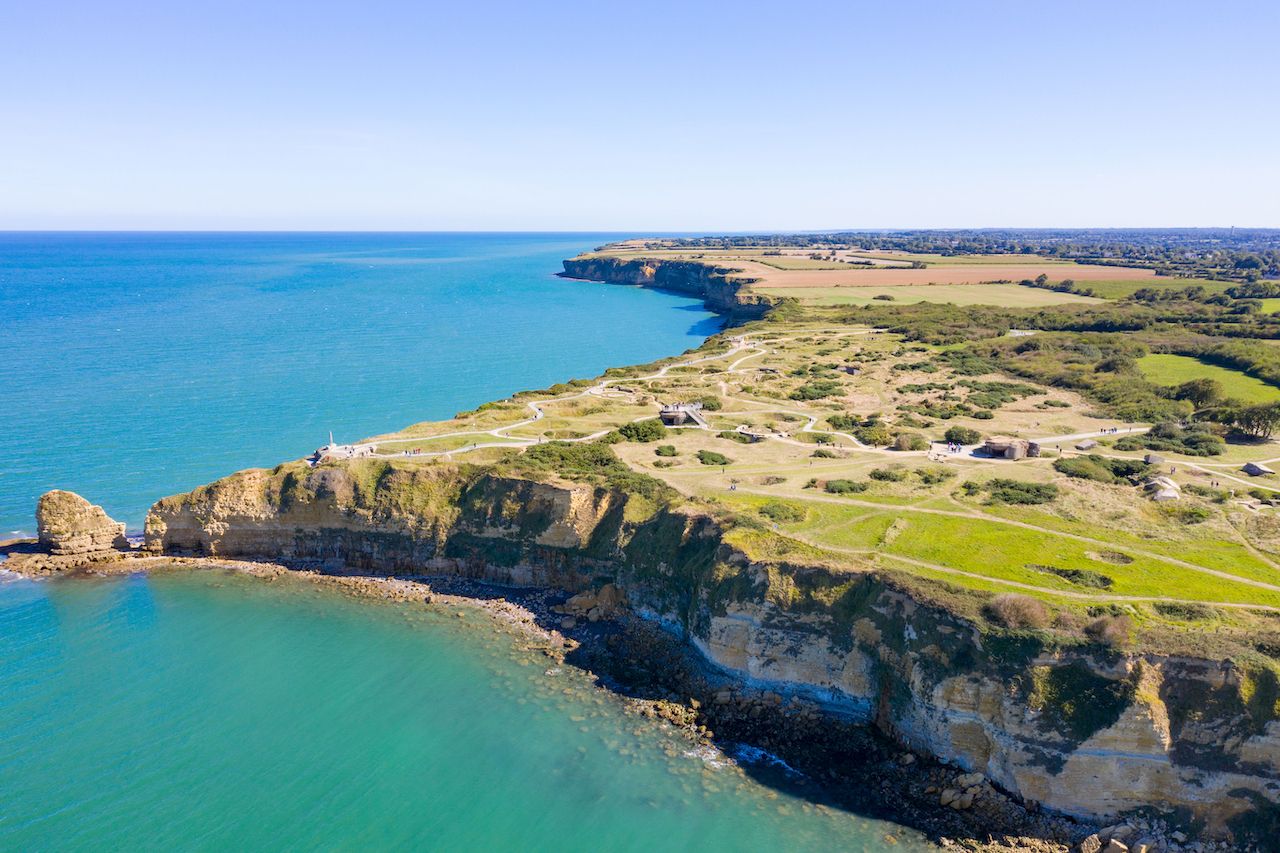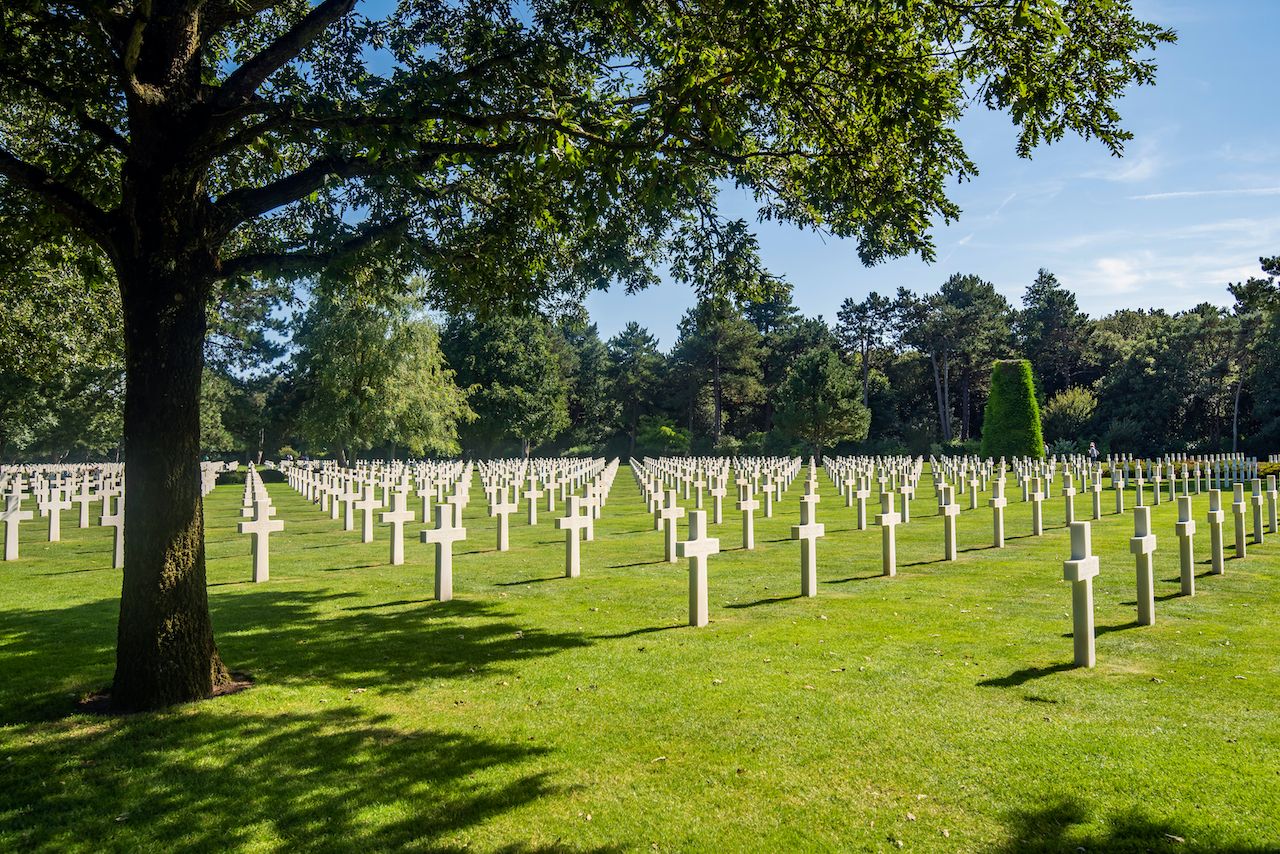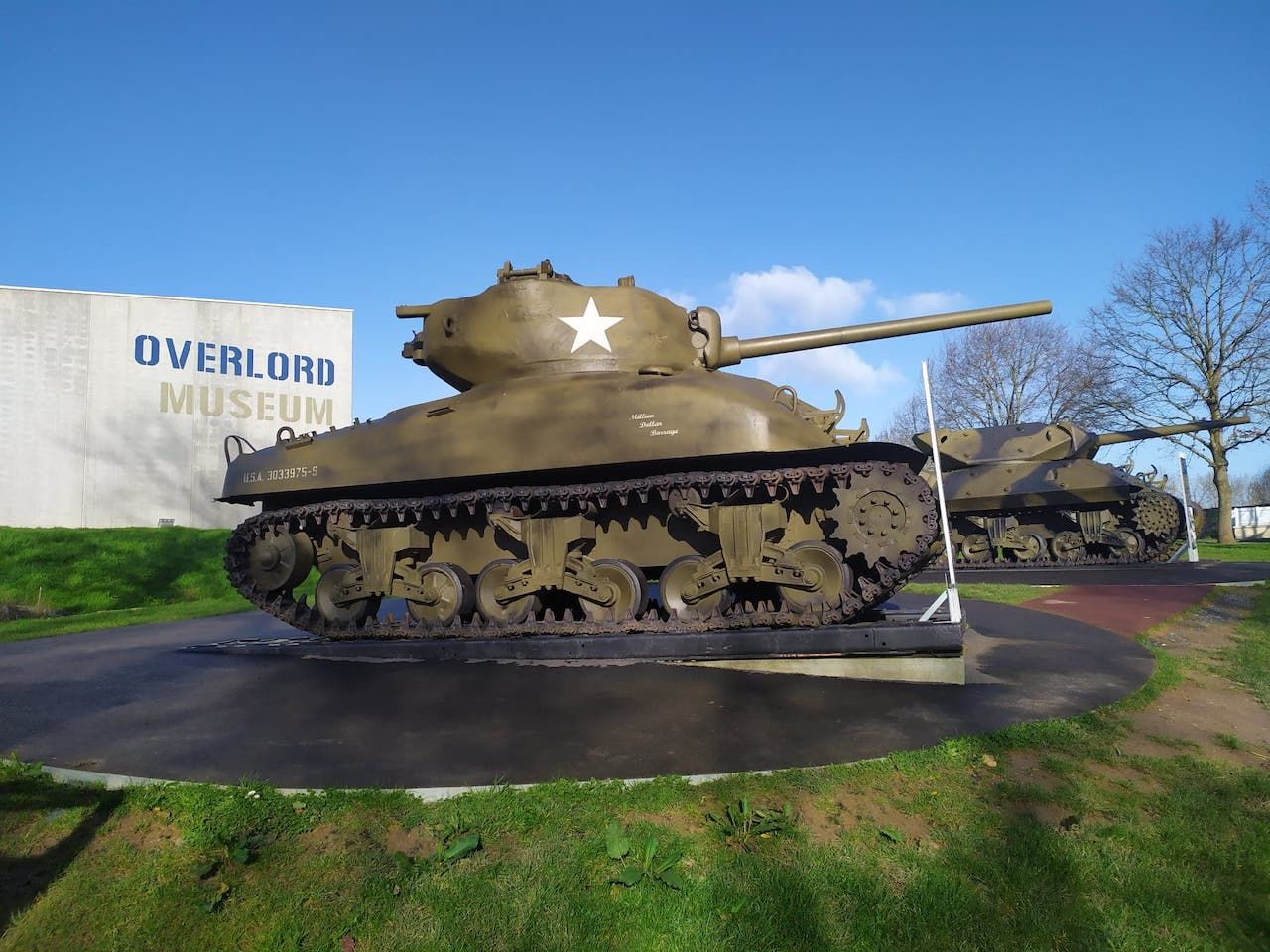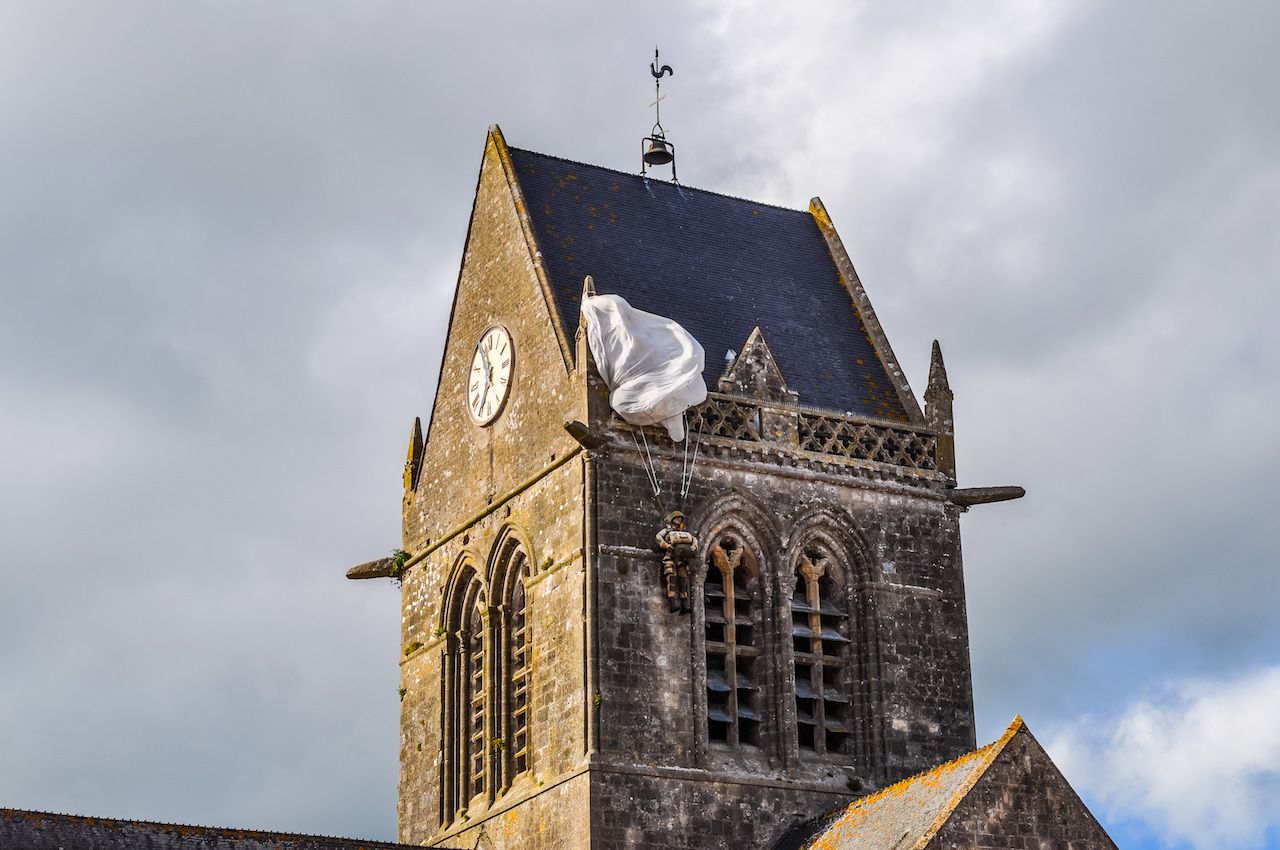To this day, the shrapnel remains sprinkled in the sand, a hard-hitting reminder of the bravery of thousands of soldiers who lost their lives in battle. For the D-Day beaches are no mere pleasure spots by the sea, but meaningful memorial locations, celebrating the moments in World War II when Western Europe was led to freedom.
One of the most important historical events commemorating the relationship between France and the USA is that of the D-Day Landings. Here, along with British and Canadian troops, both countries battled to successfully liberate France from the clutches of Nazi Germany.
As the location looks set to achieve UNESCO World Heritage status soon, a visit to the Normandy beaches where the action took place is an increasingly popular prospect. For anyone with an interest in history, the sites make for a moving, poignant, and absolutely unmissable memorial trip.

